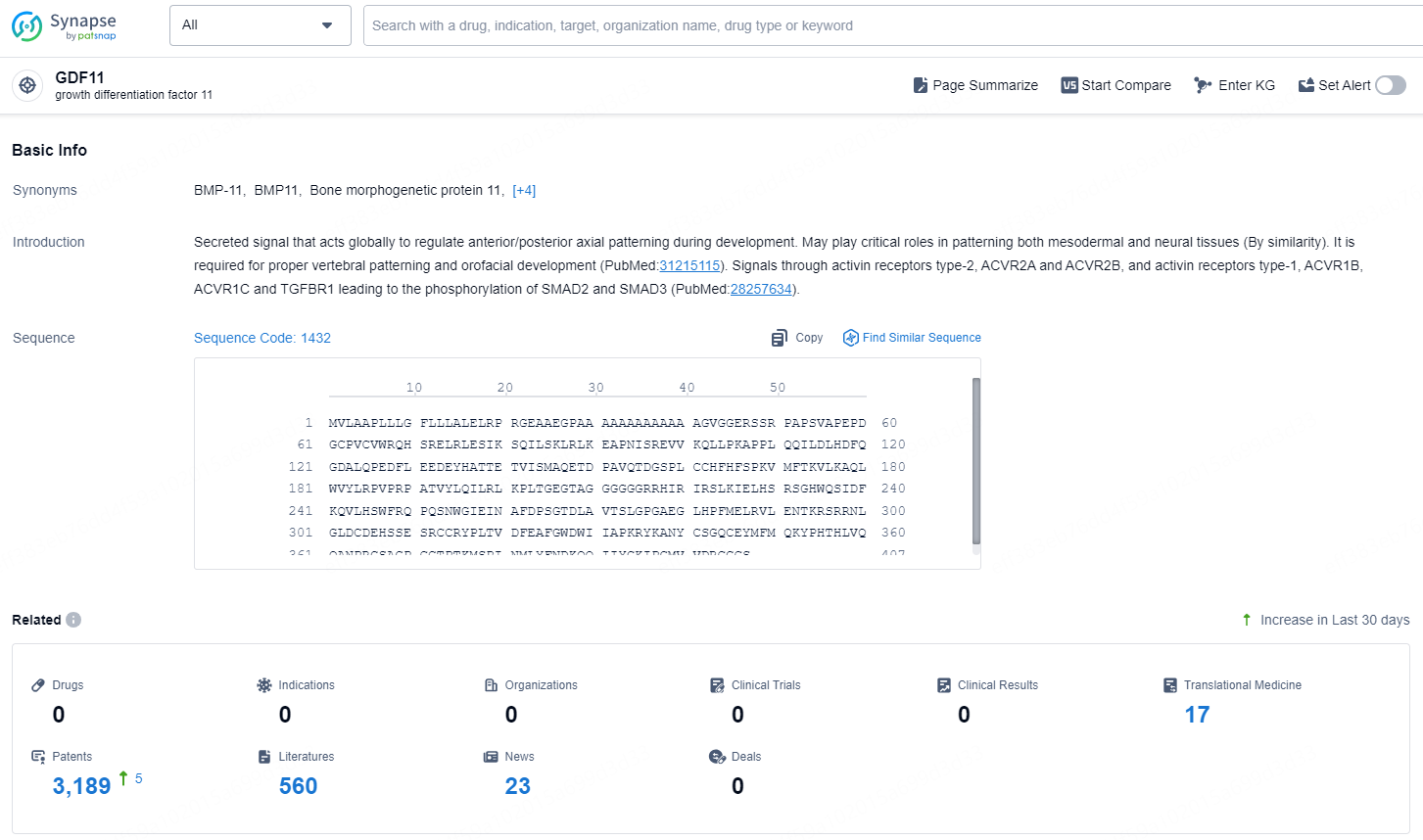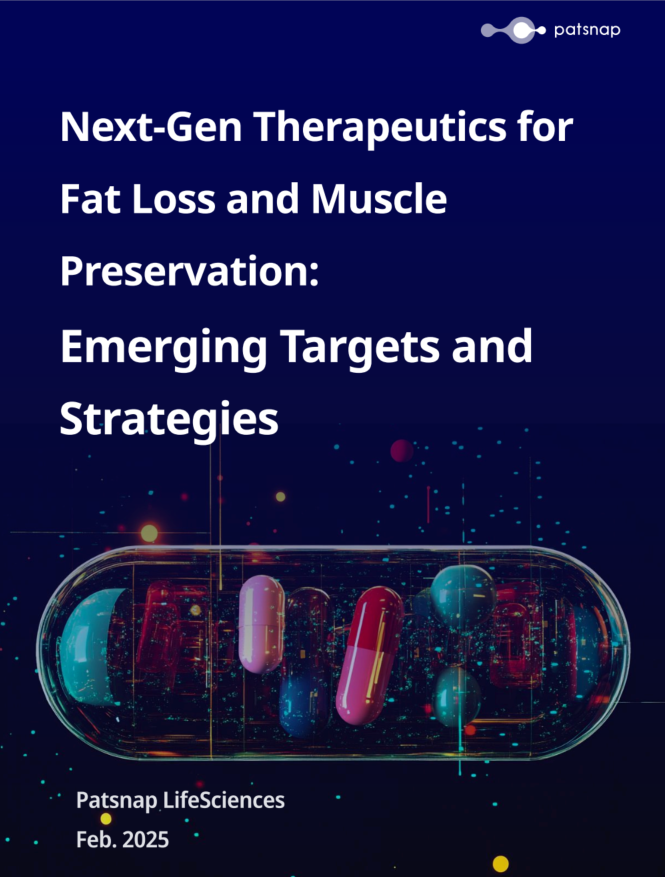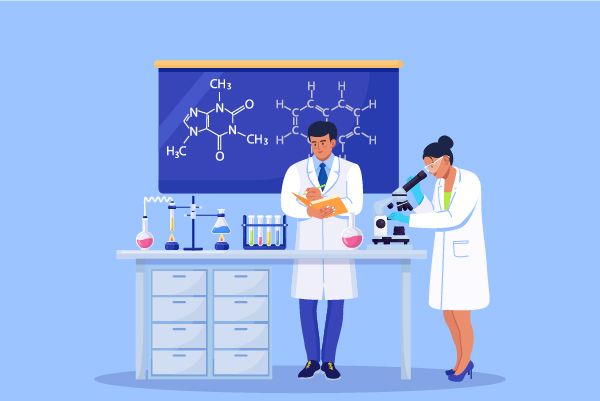Decoding the Activin-ActRII-ActRI Pathway: Molecular Mechanisms and Therapeutic Potential in Disease and Weight Management
The Activin - ActRII - ActRI pathway plays a vital role in cell growth and differentiation, and understanding its mechanism of action is essential for unlocking its potential in treating various diseases and in the development of weight - loss and muscle - gain therapies. This paper explores the intricate processes involved in how this pathway functions at the molecular level.
Activin/ActR exhibits typical features of the TGF - β signaling pathway. The dimeric ligand, such as activin, exerts its function by forming a hexameric signaling complex. This complex contains two type I and two type II TGF - β family receptors. This structural arrangement is crucial for the activation and propagation of the signaling cascade within the cell.
The pathway involves a variety of ligands and receptors. Common ligands include activin (with Activin A/B/C/E isoforms playing roles in different physiological processes), growth and differentiation factor (such as muscle growth inhibitor (MSTN/GDF8) and GDF11 which regulate muscle development and regeneration), and bone morphogenetic proteins (some BMPs, like BMP9, which interact with ActRII receptors and affect bone formation). Common receptors are type II ActR (including ACVR2A, ACVR2B, MPR2, TBRII, and AMHR2, with ACVR2A and ACVR2B being the main initial binding sites for ligands) and type I ActR (with seven types currently identified, including ALK1, ALK2, ALK3, ALK4, ALK5, ALK6, and ALK7).
The signaling process starts when ligands like activin, GDF8/Myostatin, or GDF11 bind to ActRII, which has a high - affinity for ligands. Once bound, ActRII recruits and binds ActRI. ActRI is then phosphorylated and activated by ActRII. Specific to activin/TGF - β signaling, SMAD2 and SMAD3 are phosphorylated by activated ActRI. These phosphorylated SMADs form a complex with SMAD4 in the nucleus and regulate gene expression through other transcriptional cofactors. Additionally, other signaling pathways, such as MAPK, are also activated downstream of the activin receptor. Inhibins, on the other hand, antagonize activins by forming high - affinity complexes with ActRII and β - glycans, preventing ligand/receptor interactions in the extracellular space.
In summary, the mechanism of action of the Activin - ActRII - ActRI pathway is a complex and highly regulated process. The interaction between ligands and receptors, the activation of downstream signaling molecules, and the regulation of gene expression all contribute to its role in cell growth and differentiation. Further research into this pathway may lead to the development of more targeted and effective therapies for various diseases and for achieving the goal of “fat loss with muscle gain.”
For more information, please click the image link below to access the full report.





